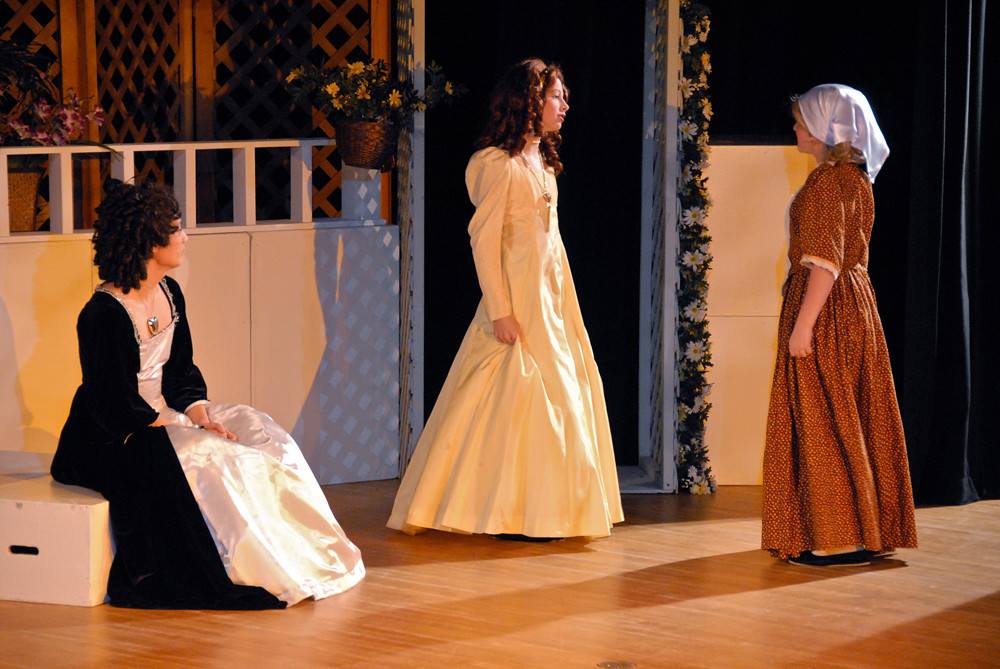The idea that sports are more important than the arts is just silly. Like we said in “Sports vs. Arts: Don’t Make Us Choose,” it’s comparing apples to oranges when both are healthy for you. Sports offer many mental, emotional, and physical benefits, but the arts can offer just as much.
And it’s time to drop some facts.
When we say “the arts,” we’re referring to two forms: performing arts and visual arts. Performing arts include music, dance, and theatre, while visual arts include painting, drawing, sculpting, photography, and more.
With early exposure to these activities, children enhance their motor skills, social skills, and cognitive development – including critical thinking and problem solving – all while learning to express themselves creatively. In dance and theatre, children also exercise their entire bodies and learn how to engage with others through communication and cooperation.
But this is just a handful of what the arts have to offer. As children get older, these benefits expand within a classroom setting and beyond, especially for those in low income communities.
An Americans for the Arts study found that students who were involved in the arts demonstrated higher academic performance and test scores. Their dropout rate was five times lower than their non-arts peers, and they were more than twice as likely to attend and graduate from college.
These students were also more likely to obtain gainful employment, which included “better jobs with higher pay, more responsibility, more promotion opportunity, and more employee satisfaction.” This was particularly crucial since 72% of employers interviewed for the study said creativity was the most important skill they looked for when hiring.
Yet with all these wonderful things the arts can offer, the students who stand to benefit the most from them suffer from limited access.
Students in low income communities are often identified by their eligibility for the National School Lunch Program (NSLP), which offers free or reduced-price lunches based on the family’s income. In their 2016 report, the National Assessment of Educational Progress found that NSLP-eligible students had lower scores in music and visual arts when compared to non-eligible NSLP students due to limited access in their schools and communities. The gap between scores was also significant when based on race/ethnicity, parental education level, and geographical location.
When it comes to budgeting for schools, the arts are often the first to go while sports programs (particularly football) receive more funding. It’s important to note, however, that budget cuts for the arts doesn’t always mean that the money goes to sports. In fact, SHAPE America (the Society of Health and Physical Educators) reported in 2016 that the average budget for physical education was $764 per school year, which in turn affected the ability to provide robust sports programs in schools.
Neither the arts or sports are safe from budget cuts, but when the scales are tipped in favor of sports and the arts are left behind, it can be harmful for students. This is especially true for those who are involved in both.
In a recent blog, high school student Elsa wrote about her experiences as both an athlete and an artist. She noticed “striking similarities between art and sports, especially things [she didn’t] find in other activities.” She learned many values from both worlds, including how to work hard and how to follow her instincts. As someone who plays tennis and plans to attend college for art, sports and art go hand in hand for her and require the same level of dedication and perseverance, while in turn teaching her the same lessons.
There’s no doubt that both sports and the arts have so much to offer students. Neither is more important than the other, but it’s time to recognize what the arts can do. Students are able to think and work creatively, learn important skills, and engage with the world around them in positive ways.
They just need the opportunity to do so.
Have you heard about ProductionPro? Check out digital scripts and scores for your show plus a suite of tools to help you have a successful rehearsal process.
Photo by EaglebrookSchool at Flickr

